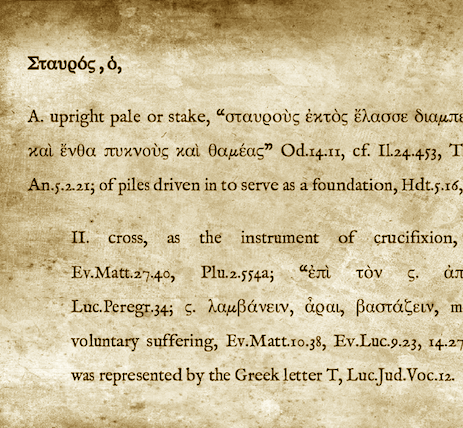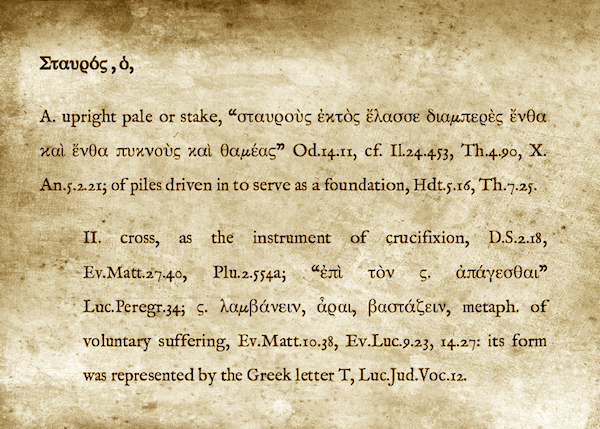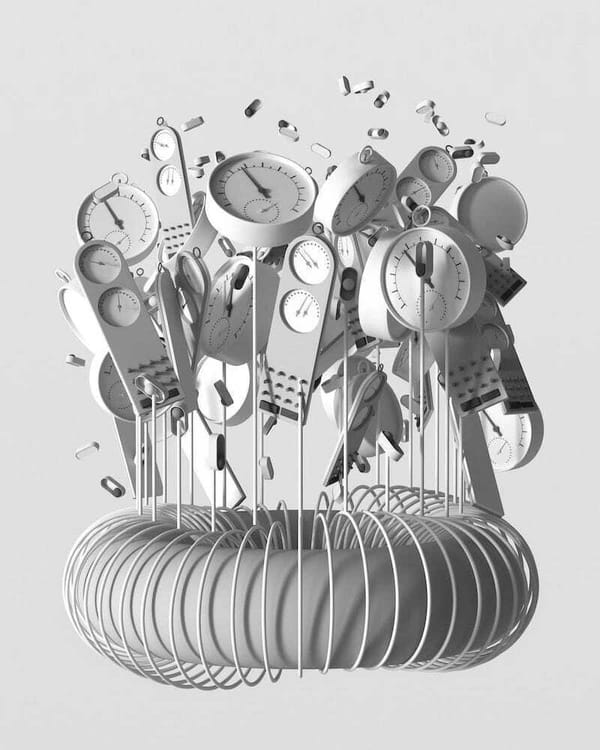Restorative Justice: an Easter semantic reflection

Restorative Justice (RJ) is a way of responding to criminal wrongdoing or more generally – and tentatively – to situations where acts of injustice harm people. It has been articulated as a new approach to justice which challenges the standard, retributive justice of the institutionalised system of courts and laws mainly on three grounds (I follow here Christa Pelikan’s brief): a) it views crime as a harmful event for the people concerned rather than as breaking of the law (lifeworld vs system orientation); b) it gives back to those affected by a crime the power to participate rather than having the state deal with it (participation vs delegation), and c) it emphasizes restoration of the harm caused in terms of mending broken relations, offering reparations to the victims, and restoring a sense of security, rather than applying punishment for the sake of inflicting pain (restoration vs retribution).
I want now to focus on the semantics of the ‘restorative’ core that gives RJ its name, starting from the common sense meaning where to restore means precisely to bring back, reinstate, return to a former condition, repair or renovate, but also to give back to the original owner. A restorative is a medicine or drink that restores health, well being, strength and imparts new life and vigour, promoting recuperation. The word derives from the Old French restorer and this from latin restaurare and its quite obvious that a restaurant is precisely a place where to recover strength, physical and emotional wellbeing. The word and this general body-and-soul recuperation is common to many Romance languages and interestingly in archaic Italian had a meaning of a payback for a harm or injustice suffered that brings us closer to RJ.
But let’s look further down along the timeline. The latin word itself comes from *staurare, whose main theme *stauro- is from ancient Greek staurós [σταυρός], a stake or post (as sat upright), in particular the cross as instrument of capital punishment. The latter acquired meaning of the instrument that ancient Rome used to torture to death fugitive slaves and subversives of various kind is widely used by the authors of the Gospels, and was perhaps derived from the way the punishment was carried out by the Romans. Unlike most Christian iconography, the person condemned to the cross would carry on his shoulders only the horizontal beam (patibulum) while the vertical post (stipes) had already been erected and fixed on the ground at the place of execution. The latter is a literal example of staurós (vertical post) and it gave the name to the whole thing in the Greek spoken and written at the time of Jesus.

In modern Greek staurós has retained the main meaning of cross as in koiné Greek while it has apparently lost the general and ancient meaning of upright post or stake. But the tension between these two meanings may point to something deeper.
Staurós is probably related to hístemi [`ίστημι] a prolonged form of the primary form stao [στάω] to stand (transitively or intransitively), that can be found in various applications, literally or figuratively, in general conveying the meaning of and reference to an upright and active position.
The other primary form related to *staurare → *stauro-, but with an opposite meaning, is théo [θέω], to place (lit. and fig.) in a passive or horizontal posture (although different from the lying outstretched conveyed by keimai [κειμαι]).
This short and tentative walk through the semantics of restoration confirmed that its modern and more trivial meaning – as in restaurant, to be sure – is actually the most original: to put someone back on her/his own feet, in upright position implying strength and activity.
But there is also an indirect meaning that passes through the mediation of the Greek word for cross as instrument of torture and capital punishment. When facing a situation of extremely severe harm – such as exemplified, individually and collectively (I refer here at Jon Sobrino’s suggestion that entire peoples are being or have been crucified, from El Salvador to Afghanistan and Syria) by the torment of the cross – a restorative practice requires a preliminary step, an ethical imperative: to take the harmed and suffering person down from the violently imposed verticality of the cross and laying him down to rest and recover. It is a temporary stage of horizontality and passivity, that doesn’t have to go as far as and outstretched prostration, but is necessary for recovering. Only after this lull – or sleep? – the harmed person will be able to engage actively in a restorative justice seeking process aiming at putting her back on her feet. An active, free and liberating form of verticality opposed to the coercion and violence – the quintessential harm – represented by the cross.
[orignally published on http://www.vrijplaats.net een website met informatie, nieuws, onderzoek en discussie rond alles wat zich afspeelt op het kruispunt van levensbeschouwing en gevangenis.]



